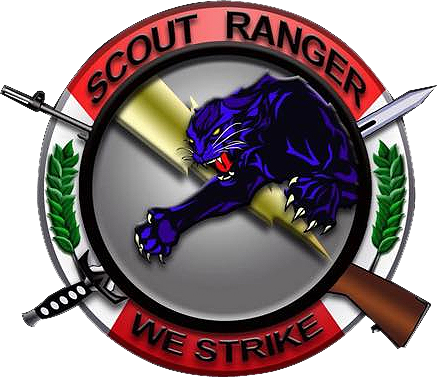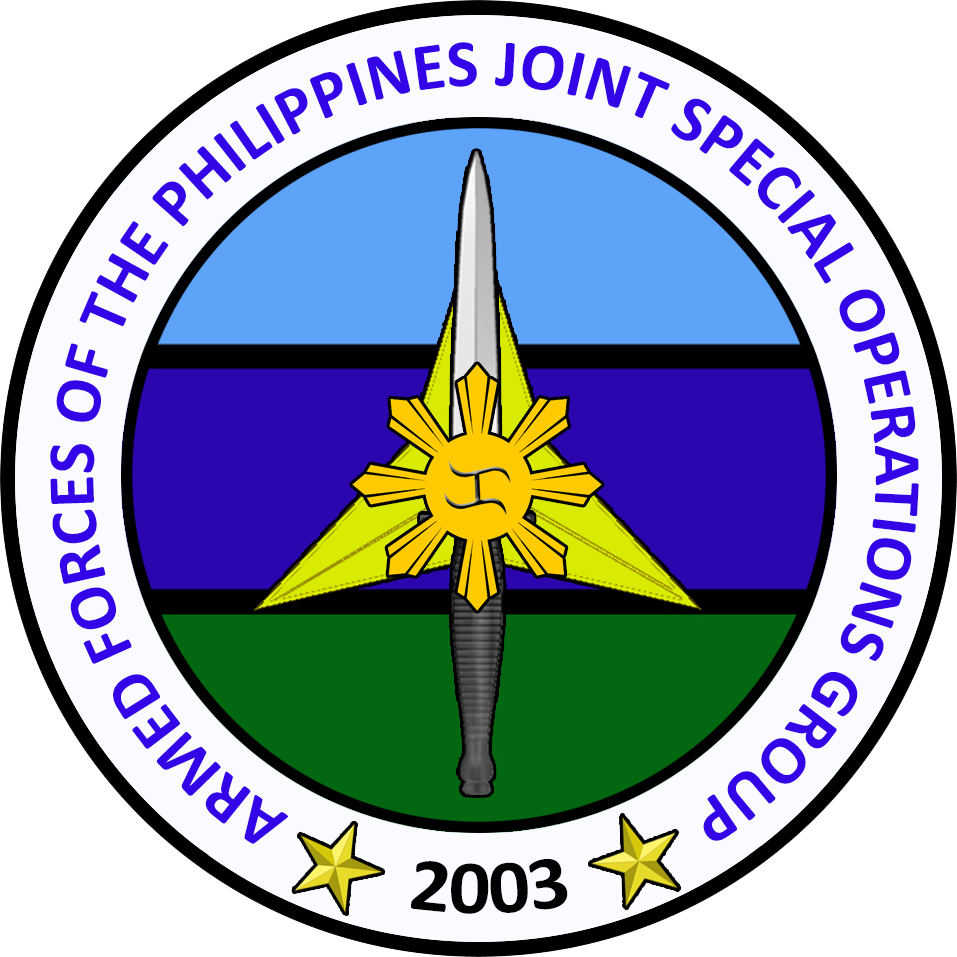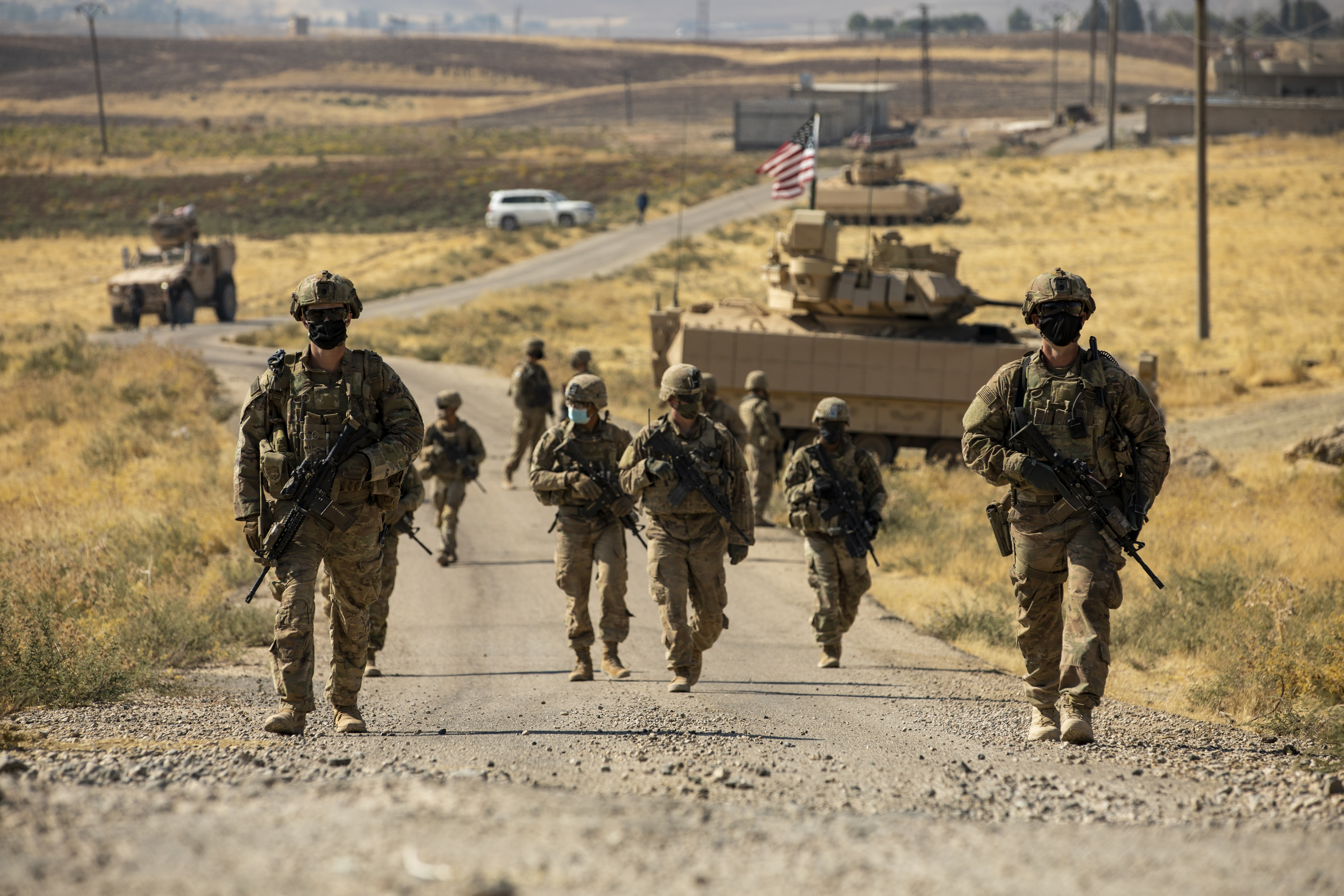|
Philippine Army
The Philippine Army (PA) ( Tagalog: ''Hukbong Katihan ng Pilipinas''; in literal English: ''Army of the Ground of the Philippines''; in literal Spanish: ''Ejército de la Tierra de la Filipinas'') is the main, oldest and largest branch of the Armed Forces of the Philippines (AFP), responsible for ground warfare and had an estimated strength of 101,000 soldiers backed by 100,000 ready reserves. The service branch was established on December 21, 1935, as the Philippine Commonwealth Army. The Philippine Army has engaged in many conflicts including the ongoing Communist rebellion in the Philippines, the Moro conflict and, alongside other national military forces, in conflicts of international scope. The Commanding General of the Philippine Army is its professional and overall head. Its main headquarters (Headquarters Philippine Army or HPA) is located at Fort Andres Bonifacio, Metro Manila. Background Philippine Revolution (1896–1898) After three centuries of Spanish rule t ... [...More Info...] [...Related Items...] OR: [Wikipedia] [Google] [Baidu] |
Fort Andres Bonifacio
Fort Andres Bonifacio (formerly named Fort William McKinley) is the site of the national headquarters of the Philippine Army (Headquarters Philippine Army or HPA) located in Metro Manila, Philippines. It is located near the national headquarters of the Philippine Air Force (PAF). The camp is named after Andres Bonifacio, the revolutionary leader of the Katipunan during the Philippine Revolution. History American colonial era Fort William McKinley, now Fort Bonifacio, was established during the Philippine–American War in 1901. The land is situated south of the Pasig River, down to the creek Alabang, in Manila. It was declared a U.S. military reservation by U.S. Secretary of War Elihu Root, expropriating the land owned by Captain Juan Gonzales without compensation. This expropriation was later challenged by then President Ferdinand E. Marcos and the US agreed to compensate, through him, in trust deposits. In 1916, the 3rd Battalion of the 31st Infantry Regiment was ... [...More Info...] [...Related Items...] OR: [Wikipedia] [Google] [Baidu] |
Armed Forces Of The Philippines
The Armed Forces of the Philippines (AFP) ( fil, Sandatahang Lakas ng Pilipinas) are the military forces of the Philippines. It consists of three main service branches; the Army, the Air Force, and the Navy (including the Marine Corps). The President of the Philippines is the Commander-in-Chief of the AFP and forms military policy with the Department of National Defense, an executive department acting as the principal organ by which military policy is carried out, while the Chief of Staff of the Armed Forces of the Philippines serves as the overall commander and the highest-ranking officer in the AFP. Founded under the National Defense Act of 1935, while tracing its roots to the Philippine Revolutionary Army, the AFP has played an integral part in the country's history. The AFP has also been involved in various conflicts, such as combatting rebellion against the Communist Party of the Philippines (CPP) and it's attached organizations, the New People's Army (NPA) and the Nati ... [...More Info...] [...Related Items...] OR: [Wikipedia] [Google] [Baidu] |
Army
An army (from Old French ''armee'', itself derived from the Latin verb ''armāre'', meaning "to arm", and related to the Latin noun ''arma'', meaning "arms" or "weapons"), ground force or land force is a fighting force that fights primarily on land. In the broadest sense, it is the land-based military branch, service branch or armed service of a nation or country. It may also include aviation assets by possessing an army aviation component. Within a national military force, the word army may also mean a field army. In some countries, such as France and China, the term "army", especially in its plural form "armies", has the broader meaning of armed forces as a whole, while retaining the colloquial sense of land forces. To differentiate the colloquial army from the formal concept of military force, the term is qualified, for example in France the land force is called ''Armée de terre'', meaning Land Army, and the air and space force is called ''Armée de l'Air et de l’Esp ... [...More Info...] [...Related Items...] OR: [Wikipedia] [Google] [Baidu] |
Operation Enduring Freedom
Operation Enduring Freedom (OEF) was the official name used synonymously by the U.S. government for both the War in Afghanistan (2001–2014) and the larger-scale Global War on Terrorism. On 7 October 2001, in response to the September 11 attacks, President George W. Bush announced that airstrikes targeting Al-Qaeda and the Taliban had begun in Afghanistan. Operation Enduring Freedom primarily refers to the War in Afghanistan, but it was also affiliated with counterterrorism operations in other countries, such as OEF-Philippines and OEF-Trans Sahara. After 13 years, on 28 December 2014, President Barack Obama announced the end of Operation Enduring Freedom in Afghanistan. Subsequent operations in Afghanistan by the United States' military forces, both non-combat and combat, occurred under the name Operation Freedom's Sentinel. Subordinate operations Operation Enduring Freedom most commonly referred to the U.S.-led combat mission in Afghanistan. The codename was also used ... [...More Info...] [...Related Items...] OR: [Wikipedia] [Google] [Baidu] |
Bongbong Marcos
Ferdinand "Bongbong" Romualdez Marcos Jr. ( , , ; born September 13, 1957), commonly referred to by the initials PBBM or BBM, is a Filipino politician who is the 17th and current president of the Philippines. He previously served as a senator from 2010 to 2016. He is the second child and only son of tenth president Ferdinand Marcos Sr. and former first lady Imelda Romualdez Marcos. In 1980, Marcos became Vice Governor of Ilocos Norte, running unopposed with the Kilusang Bagong Lipunan party of his father, who was ruling the Philippines under martial law at the time. He then became Governor of Ilocos Norte in 1983, holding that office until his family was ousted from power by the People Power Revolution and fled into exile in Hawaii in February 1986. After the death of his father in 1989, President Corazon Aquino eventually allowed his family to return to the Philippines to face various charges. Marcos and his mother, Imelda, are currently facing arrest in the United Stat ... [...More Info...] [...Related Items...] OR: [Wikipedia] [Google] [Baidu] |
President Of The Philippines
The president of the Philippines ( fil, Pangulo ng Pilipinas, sometimes referred to as ''Presidente ng Pilipinas'') is the head of state, head of government and chief executive of the Philippines. The president leads the executive branch of the Philippine government and is the commander-in-chief of the Armed Forces of the Philippines. The president is directly elected by the people, and is one of only two nationally elected executive officials, the other being the vice president of the Philippines. However, four vice presidents have assumed the presidency without having been elected to the office, by virtue of a president's intra-term death or resignation. Filipinos generally refer to their president as ''pangulo'' or ''presidente'' in their local language. The president is limited to a single six-year term. No one who has served more than four years of a presidential term is allowed to run or serve again. The current president of the Philippines is Bongbong Marcos, who wa ... [...More Info...] [...Related Items...] OR: [Wikipedia] [Google] [Baidu] |
Battle Of Marawi
The siege of Marawi ( fil, Pagkubkob sa Marawi), also known as the Marawi crisis (), and the Battle of Marawi (), was a five-month-long armed conflict in Marawi, Philippines, that started on May 23, 2017, between Philippine government security forces and militants affiliated with the Islamic State (IS), including the Maute and Abu Sayyaf Salafi jihadist groups. The battle also became the longest urban battle in the modern history of the Philippines. According to the Philippine government, the clashes began during an offensive in Marawi to capture Isnilon Hapilon, the leader of the IS-affiliated Abu Sayyaf group, after receiving reports that Hapilon was in the city, possibly to meet with militants of the Maute group. A deadly firefight erupted when Hapilon's forces opened fire on the combined Army and police teams and called for reinforcements from the Maute group, an armed group that pledged allegiance to the Islamic State and which is believed to be responsible for the 2016 D ... [...More Info...] [...Related Items...] OR: [Wikipedia] [Google] [Baidu] |
November 2016 Butig Clash
The 2016 Butig clashes were armed conflicts that began on February 20, 2016, between the Philippine Army and a group of Moro insurgent sympathizers of ISIS and Jemaah Islamiyah led by the Maute group in Butig, Lanao del Sur, Philippines. Three Philippine Army soldiers were killed in action, 11 wounded, and 20 terrorists killed in the early phase of battle. 335 families fled to Marawi City and 657 families took refuge in Masiu. February 2016 clash The Butig clashes began when a supposed "foreign and local terrorist organization" (FLTO), led by the Maute brothers, harassed the 51st Infantry Battalion, which had been manning a patrol base in Barangay Bayabao on February 20, 2016. Armored personnel carriers and troops were sent to Butig, while the military used two 520MG Defender helicopters to track down the armed men and conducted air strikes against them. A lull in the fighting occurred that evening, but resumed at dawn the next. According to Armed Forces of the Philippines s ... [...More Info...] [...Related Items...] OR: [Wikipedia] [Google] [Baidu] |
February 2016 Butig Clash
The 2016 Butig clashes were armed conflicts that began on February 20, 2016, between the Philippine Army and a group of Moro insurgent sympathizers of ISIS and Jemaah Islamiyah led by the Maute group in Butig, Lanao del Sur, Philippines. Three Philippine Army soldiers were killed in action, 11 wounded, and 20 terrorists killed in the early phase of battle. 335 families fled to Marawi City and 657 families took refuge in Masiu. February 2016 clash The Butig clashes began when a supposed "foreign and local terrorist organization" (FLTO), led by the Maute brothers, harassed the 51st Infantry Battalion, which had been manning a patrol base in Barangay Bayabao on February 20, 2016. Armored personnel carriers and troops were sent to Butig, while the military used two 520MG Defender helicopters to track down the armed men and conducted air strikes against them. A lull in the fighting occurred that evening, but resumed at dawn the next. According to Armed Forces of the Philippines so ... [...More Info...] [...Related Items...] OR: [Wikipedia] [Google] [Baidu] |
Zamboanga City Crisis
The Zamboanga City crisis (Filipino: ''Krisis sa Zamboanga;'' Chavacano: ''Crisis na Zamboanga'') or Zamboanga Siege was an armed conflict in Zamboanga City, Philippines between the government forces of the Philippines and Moro rebels from the Moro National Liberation Front (MNLF) that began on September 9, 2013 and ended twenty days later on September 28. The conflict began when MNLF rebels, under the command of Nur Misuari, attempted to occupy several coastal communities in Zamboanga City in protest of the Philippine government's failure to implement the 1996 final peace agreement with the MNLF. The conflict resulted in the displacement of 120,000 civilians and the destruction of 10,000 homes. A total of 192 people were killed, including 11 civilians, four MNLF rebels and 177 government forces. The fighting also damaged Zamboanga City's airport and seaport. Prelude Affirming the statements of MNLF Director for Advocacy John Petalcorin that Nur Misuari and the MNLF has ... [...More Info...] [...Related Items...] OR: [Wikipedia] [Google] [Baidu] |
Manila Peninsula Siege
The Manila Peninsula siege occurred on November 29, 2007, at The Peninsula Manila hotel in Makati, Philippines. Senator Antonio Trillanes IV, Brigadier General Danilo Lim, and 25 other Magdalo Group officers walked out of their trial for the 2003 Oakwood mutiny coup attempt and marched through the streets of Makati. The mutineers called for the ousting of President Gloria Macapagal Arroyo, and seized the Rizal function room on the second floor of the Manila Peninsula Hotel along Ayala Avenue. Former Vice-President Teofisto Guingona, Jr. as well as some of the soldiers from the Armed Forces of the Philippines joined the march to the hotel. After several hours, Trillanes and Lim surrendered to government forces after a military armored personnel carrier barged into the glass door of the hotel lobby and the hotel walls and windows sustained weapons damage. Trillanes and the mutineers were arrested while several journalists covering the event were detained. The journalists were sub ... [...More Info...] [...Related Items...] OR: [Wikipedia] [Google] [Baidu] |
International Military Intervention Against ISIL
In response to rapid territorial gains made by the so-called Islamic State during the first half of 2014, and its universally condemned executions, reported human rights abuses and the fear of further spillovers of the Syrian Civil War, many states began to intervene against it in both the Syrian Civil War and the War in Iraq. Later, there were also minor interventions by some states against IS-affiliated groups in Nigeria and Libya. In mid-June 2014, Iran, according to American and British information, started flying drones over Iraq, and, according to Reuters, Iranian soldiers were in Iraq fighting IS. Simultaneously, the United States ordered a small number of troops to Iraq and started flying crewed aircraft over Iraq. In July 2014, according to the International Institute for Strategic Studies, Iran sent Sukhoi Su-25 aircraft to Iraq, and Hezbollah purportedly sent trainers and advisers to Iraq in order to help Shia militias to monitor ISIL's movements. In August 2014, ... [...More Info...] [...Related Items...] OR: [Wikipedia] [Google] [Baidu] |
.jpg)






